What is a Mainframe?
A mainframe computer is a large, high-speed machine designed for extensive data and transaction processing. Mainframes are often utilized as servers that support numerous workstations and are primarily seen in large organizations where they handle critical business tasks due to their reliability and processing power.
What is Mainframe Modernization?
Mainframe modernization involves the strategic overhaul and enhancement of an organization’s existing legacy mainframe infrastructure. This process focuses on upgrading code, interfaces, performance, and cost-effectiveness. The goal is to seamlessly transition the enterprise to a more advanced and efficient technological environment, ensuring improved maintainability and long-term operational excellence.

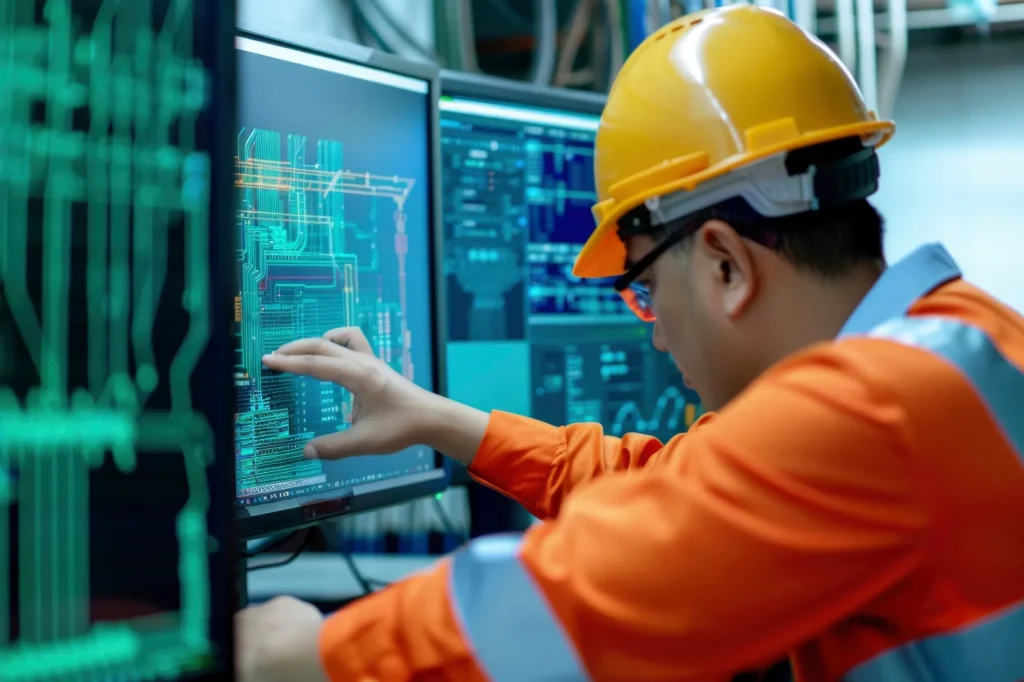
The Importance of Mainframe Modernization
Choosing the right mainframe modernization solution is essential for maintaining hardware and software currency and competitiveness in the rapidly changing IT landscape. Mainframe systems often run vital workloads and store crucial data, making their modernization a top priority for business leaders.
Despite economic fluctuations, enterprise IT spending remains strong as organizations focus on modernizing and digitally transforming their mission-critical environments. Economic instability has not diminished the need to drive efficiencies, ensure agility, and enhance resilience. Companies aim to protect their investments in mainframes due to their security, reliability, and high-performance capabilities while exploring new technologies like cloud computing to achieve cost-effective and energy-efficient solutions that boost flexibility and innovation.

Mainframe modernization is crucial for maintaining competitiveness, driving efficiencies, and enhancing resilience amid economic fluctuations and digital transformation.
Approaches to Mainframe Modernization
Organizations that rely on mainframes must continually modernize to stay competitive. Modernization can range from minor hardware and software updates to the development of new applications. Typically, organizations start by evaluating current strengths and building upon them. Modernization is an opportunity to enhance existing capabilities and introduce new ones, driving innovation and increasing resilience.
Main Approaches to Mainframe Modernization
Mainframe Migration to the Cloud:
Moving critical IT systems and applications to a hybrid cloud environment increases agility and flexibility while significantly reducing deployment costs. By leveraging cloud infrastructure, organizations can scale resources on demand and reduce the physical footprint of their data centers. This approach not only enhances operational efficiency but also supports disaster recovery and business continuity plans by providing robust backup solutions.
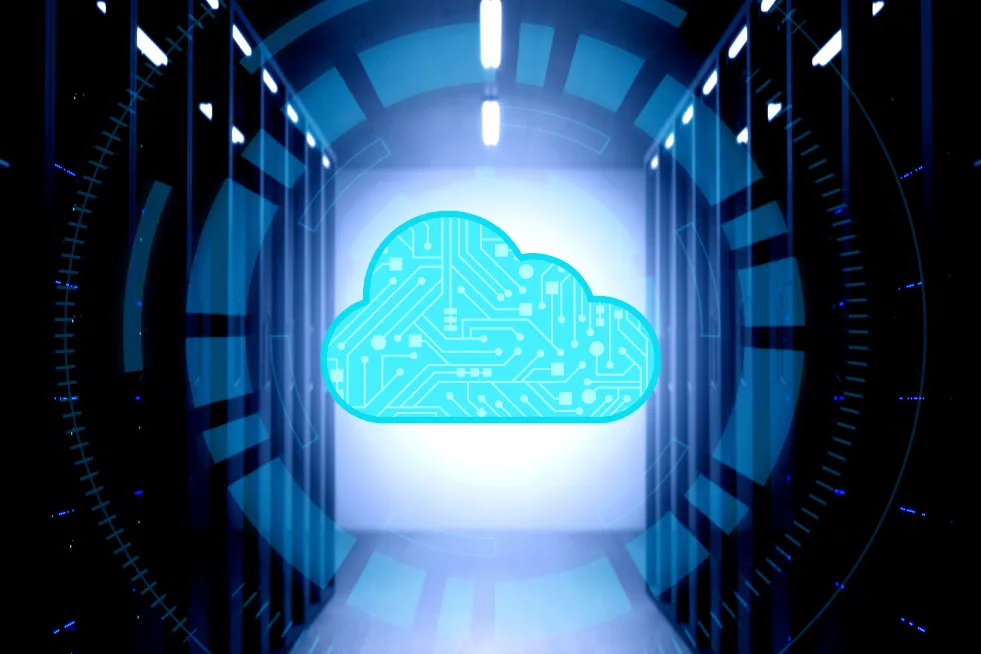
Mainframe Migration to SaaS/PaaS:
Modern cloud-based applications like Salesforce and Workday can replicate much of the business logic found in mainframes. Replacing mainframe functionality with Software-as-a-Service (SaaS) or Platform-as-a-Service (PaaS) solutions, often with necessary customization, can be an effective modernization strategy. This shift allows organizations to benefit from the latest innovations and updates offered by these platforms, reducing the need for extensive in-house development and maintenance efforts.
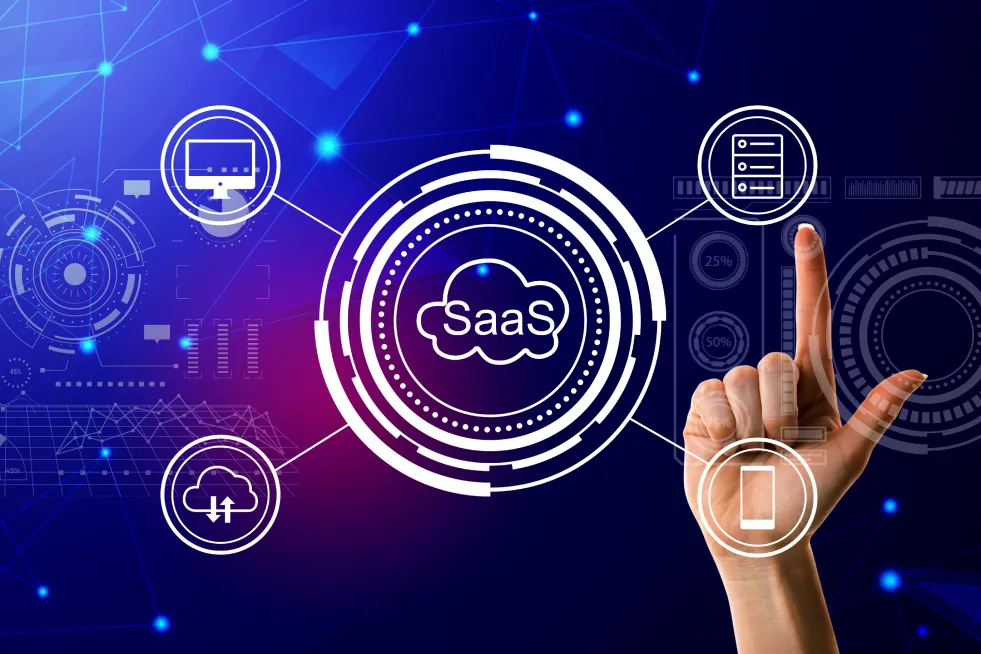
API Modernization:
This approach uses APIs to integrate older systems with newer technologies, allowing legacy systems to communicate with modern applications. This enhances capabilities, extends the life of existing mainframes, and facilitates smoother transitions without the need for complete system replacement. By adopting API-driven architectures, organizations can create modular and flexible systems that can easily adapt to changing business requirements and technology advancements.
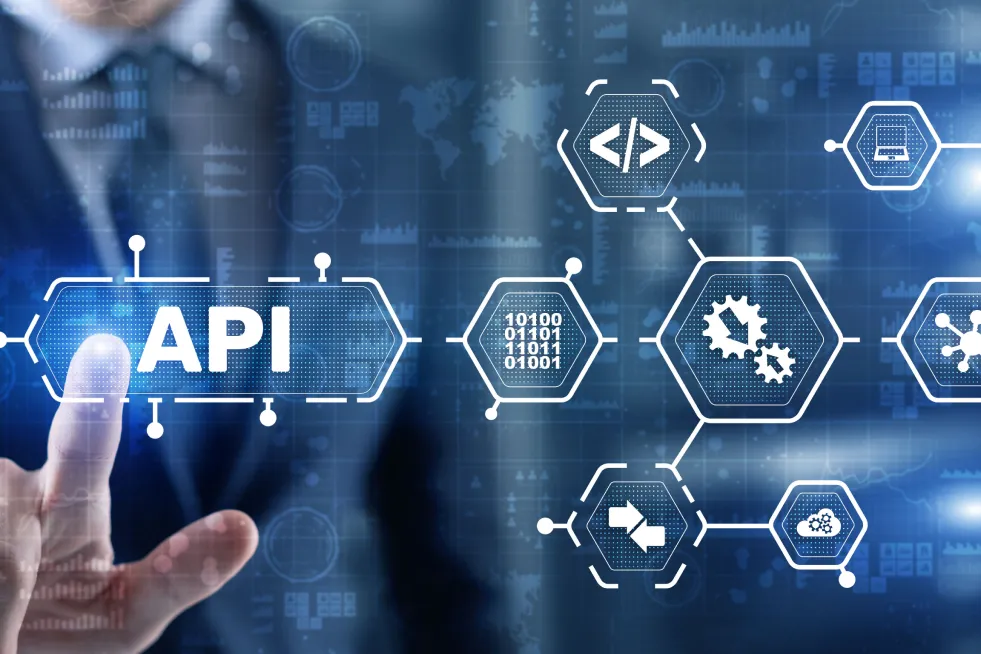
Rehosting and Refactoring:
Rehosting involves moving mainframe applications to modern environments with minimal changes, often referred to as “lift-and-shift.” Refactoring, on the other hand, involves rewriting or re-architecting applications to leverage modern technologies and best practices. Both approaches can significantly reduce the costs and risks associated with maintaining legacy systems while improving performance and scalability
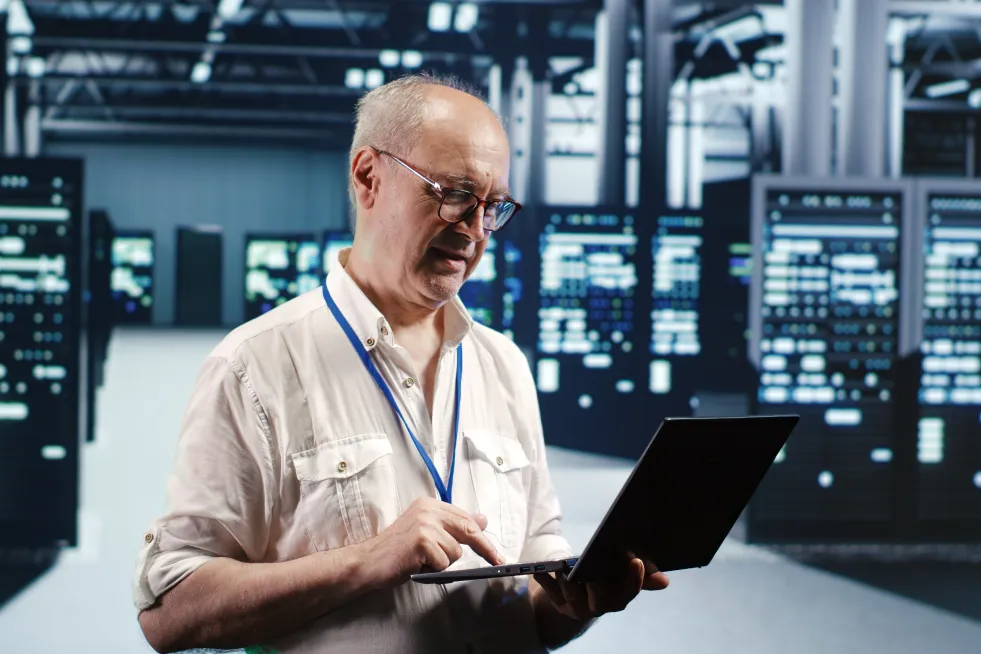
Benefits of Mainframe Modernization
Modernizing mainframe systems can provide numerous benefits that contribute to an organization’s overall efficiency and competitiveness. Here are some key benefits:
Reduce MIPS Costs:
Lower the cost associated with Million Instructions Per Second (MIPS) usage. By optimizing and modernizing mainframe applications, organizations can achieve more efficient processing and reduce their reliance on costly mainframe resources.
Simplify Access:
Make it easier to access business logic and data within mainframe systems. Modern interfaces and integration tools can provide more intuitive and user-friendly access to critical information, enhancing decision-making and operational efficiency.
Capex Benefits:
Achieve cloud-like capital expenditure benefits for fluctuating workloads. By adopting cloud-based solutions and services, organizations can convert capital expenses into operational expenses, providing greater financial flexibility and scalability.
Speed Development:
Accelerate development, deployment, and release cycles. Modern development tools and practices, such as DevOps and agile methodologies, enable faster and more reliable application development and deployment, reducing time-to-market for new features and capabilities.
Enhanced Security:
Modernizing mainframes can enhance security by incorporating advanced security measures and compliance features. This is crucial for protecting sensitive data and ensuring regulatory compliance in industries with stringent security requirements.
Improved Performance:
Upgrading mainframe infrastructure and optimizing applications can lead to significant performance improvements. This ensures that critical business processes run smoothly and efficiently, even during peak usage periods.
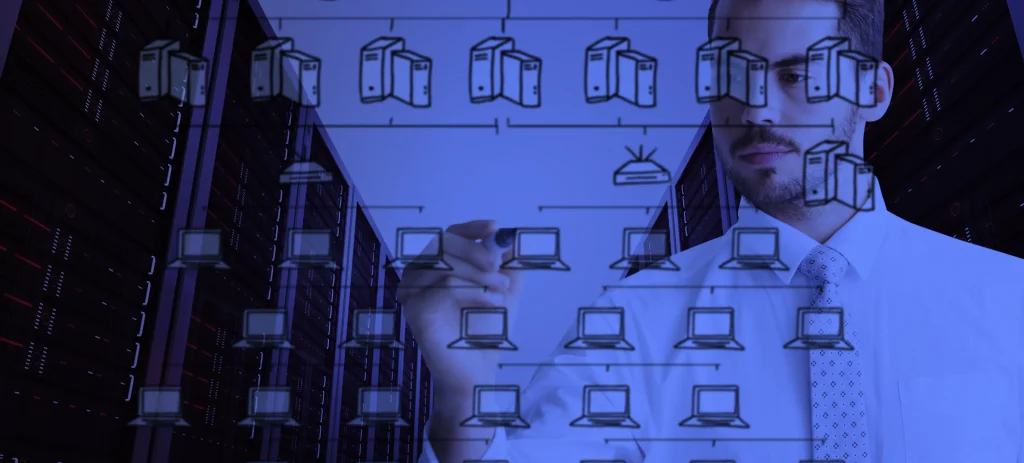
Challenges of Mainframes
Mainframes, despite their advantages, present several challenges:
Costs:
Mainframes are often perceived as expensive, though they can be cost-effective when fully utilized. The high initial investment and ongoing maintenance costs can be a barrier for some organizations.
Talent:
Finding skilled professionals to maintain mainframes is increasingly difficult as many experts familiar with COBOL and other legacy languages retire. This talent gap can hinder modernization efforts and increase dependency on a shrinking pool of experienced personnel.
Agility:
Business agility is often hindered due to complex, tightly coupled applications, making integration with new applications challenging and prolonging release cycles. This lack of flexibility can limit an organization’s ability to quickly respond to market changes and evolving customer demands.

McLaren excels in technology infrastructure, optimizing costs, modernizing systems, and future-proofing applications through cloud migration for enhanced client potential.
Why McLaren
McLaren specializes in the creation, management, and optimization of state-of-the-art technology infrastructure that the world relies on daily. Our unwavering commitment to enhancing critical infrastructure drives human progress forward. We build on our legacy of excellence by innovating system designs, forming strategic partnerships, investing in our growth, and collaborating closely with our clients to unlock their potential.
Evaluating Current States and Recommending Future Directions
Through our advisory and consulting services, we thoroughly evaluate clients’ existing systems, pinpoint optimal future states for each application, and develop detailed roadmaps, business cases, and timelines for migration and modernization efforts.
Optimizing Costs with Strategic Business Logic
Our modernization services are designed to help clients optimize their expenditures, reduce technical debt, and shorten batch processing windows. We rejuvenate existing applications by integrating business logic and mainframe data via APIs, adopting DevOps methodologies, and converting batch processes to real-time operations.
Future-Proofing Applications through Cloud Migration
We assist enterprises in transitioning mainframe workloads to the cloud by redeveloping applications using contemporary languages with cloud-native features. These applications can be rehosted with minimal code and data changes (lift-and-shift) or replaced with ready-made (COTS) or SaaS solutions, ensuring they are well-prepared for future demands.